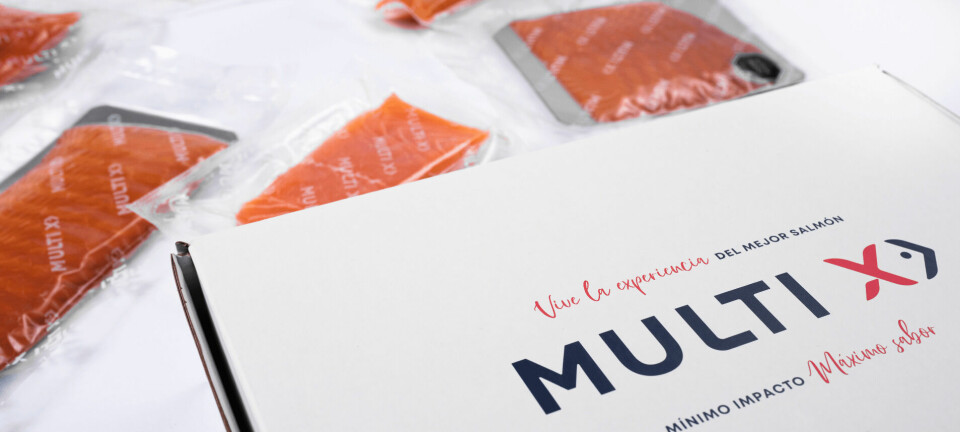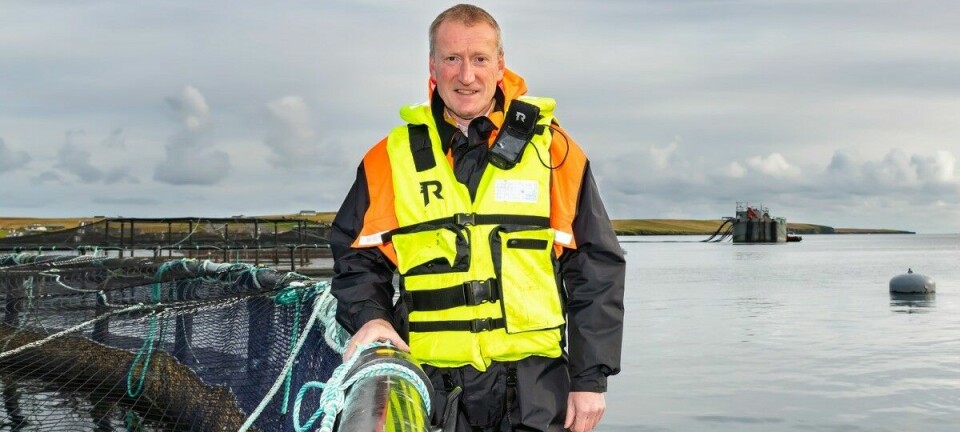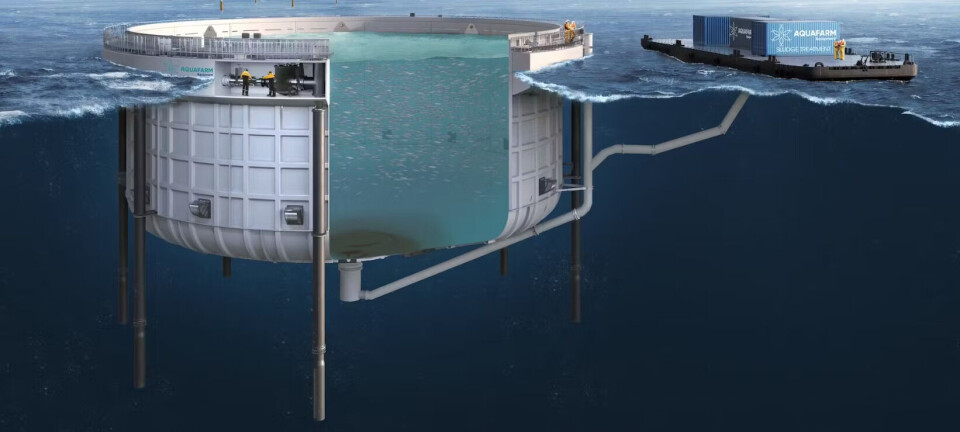A new sanitary problem
By Christian Pérez Mallea

There are still more uncertainties than facts about this disease. Even the name assigned by the National Service of Fisheries and Aquaculture (Sernapesca) is the Trout Idiopathic Syndrome (SIT, for its initials in Spanish) which means with unknown pathogenesis or apparently spontaneous origin. It is also known as Anaemic and Anasarchic Syndrome in Rainbow trout, and Bruising and Liver Rupture Syndrome in Rainbow trout, both names attributed by specialized diagnostic laboratories in diseases affecting salmonids. Sernapesca says that the clinical findings which had not previously been described for trout began to be seen in September 2012 at farming sites located in the Region of Los Lagos. Since then, Sernapesca has organized and generated various actions oriented towards communication and information delivery and the implementation of specific sanitary surveillances in trout farming sites. Furthermore, they are carrying out scientific research in their official capacity covering areas such as epidemiological studies, analysis of laboratory diagnostic techniques and the description of the clinical signs of this disease.
Occurrence SIT has been encountered mainly in the ‘neighbourhood’ 1 corresponding to the geographical area of the Reloncavi Estuary in the Region of Los Lagos. However, there have also been sporadic cases reported in Hornopirén, central Chiloé and in the Reñihué fjord. Apparently, it has not been reported in the regions of Aysén and Magallanes yet. According to the description given by a veterinarian of a local salmon producing company that has faced outbreaks of SIT, initially this condition often affects the larger fish in the fattening stocks without presenting apparent symptoms. Later, it manifests itself in fish of different sizes showing symptoms. Another veterinarian said that this disease is quite seasonal and associated with rising temperatures in spring. He also said that the reported cases are more frequent after handling and episodes of high stress. In turn, Sernapesca indicated that SIT occurs in fish with a robust condition, between 400 and 2,500 g in weight. In addition, Sernapesca has ruled out, through official results from laboratory tests of diagnostic laboratories both national and international, that the primary cause of this disease is one of those listed as High Risk Diseases by the World Organisation for Animal Health (OIE).





Internal and external macroscopic pathology The main clinical symptoms of this condition are: swollen abdomen, bilateral exophthalmos, protruded hemorrhagic anus, serosanguinous ascites, clotting and bleeding of the liver and visceral fat and hydropericardium according to the characteristics observed and recorded by veterinarians from Sernapesca. These symptoms are similar to those reported by Chilean diagnostic laboratories for fish diseases. Likewise, as reported by several veterinarians from Chilean salmon producing companies, this condition is also characterized by the presence of skin edema, uprising scales, bleeding in the abdominal cavity, liver hematoma, reduced hematocrit, hemopericardium, fluid in and swelling of the swim bladder, hepatomegaly, bleeding gills, renomegaly and altered swimming behaviour, showing a more lethargic and superficial behaviour compared to healthy fish or even those affected by Piscirickettsiosis salmonis (SRS).
Etiology and mortality The cause or etiology of this disease is still unknown. Sernapesca ruled out the possibility of a disease listed as a high risk disease. However, it may be another type of infectious disease or even a deficiency and/or have an environmental origin. In fact, one of the first hypotheses associated with the etiology of this disease was that it was a heavy metal poisoning due to high concentrations of copper, which was found in various internal organs of affected fish. However, this theory has been discarded. Among other unsuccessful actions to stop the mortality caused by SIT, some producers have chosen to apply antimicrobial treatments in the affected stocks. This failed to reduce losses which reinforced the idea that it is not a bacterial agent. According to the Sernapesca Sanitary Report of the first half of 2014, 34.7% of all trout mortalities during this period were related to a "secondary cause”. Amongst "secondary causes" of mortality, 76.4% were caused by SRS followed by "others" at 19.2%. SIT represents most of the 19.2% corresponding to “other” secondary causes. In addition to causing mortality (as seen in the widely distributed range) SIT predisposes fish to SRS outbreaks, according to comments given by various veterinarians of salmon farming companies. Among the strategies implemented to reduce the impact of this disease when the fish cannot be harvested, for example due to antibacterial withdrawal time, some companies have decided to reduce the feeding rate, while other companies have even reduced the fish metabolic rate through fasting for 10-15 days. In the meantime, Sernapesca maintains a continuous monitoring of the sanitary situation of the species by: surveillance, necropsy and in field sampling, as well as evaluation of the magnitude of this situation, and the classification and evolution of mortalities. Moreover, Sernapesca is also executing other official investigations with researchers by Chilean universities and laboratories which are part of the Sernapesca network as well as world reference laboratories to determine the cause(s) of this disease and associated risk factors.



















































